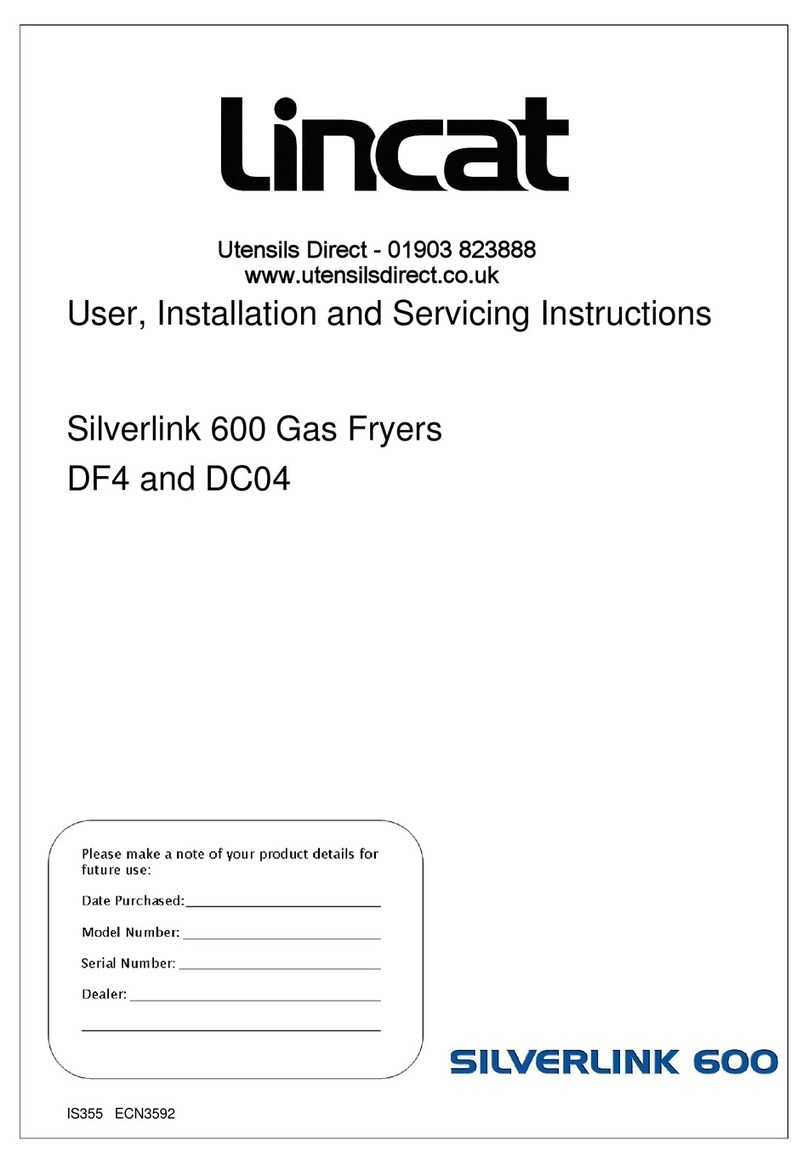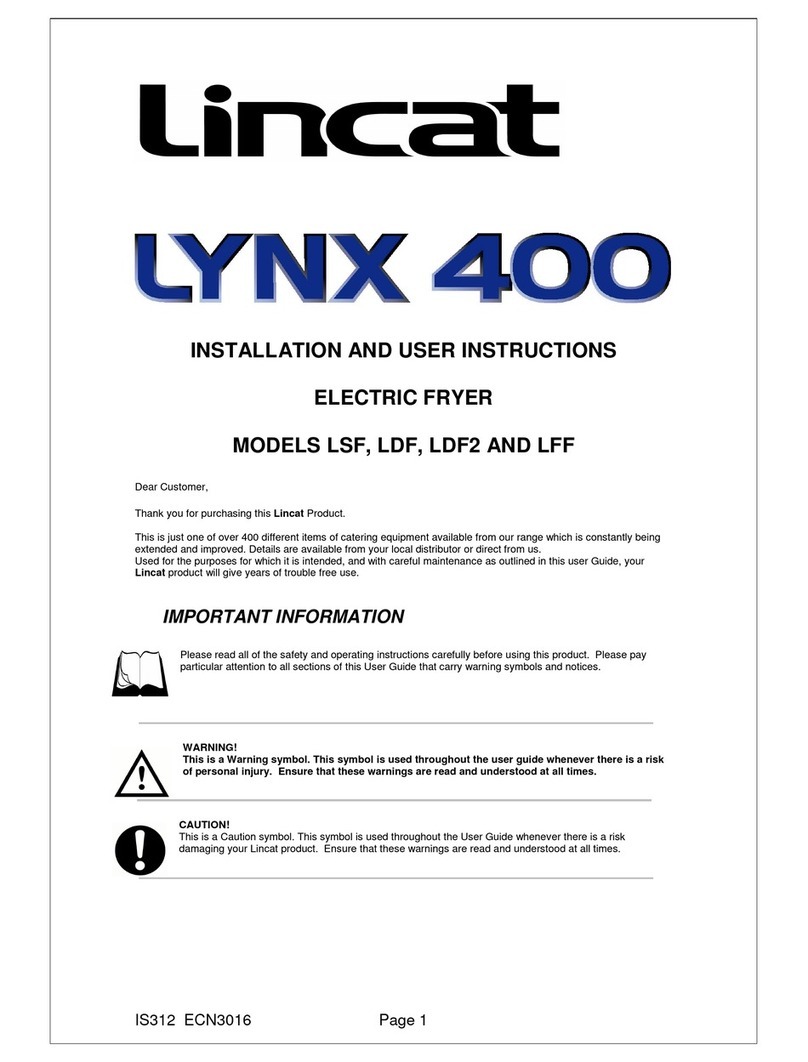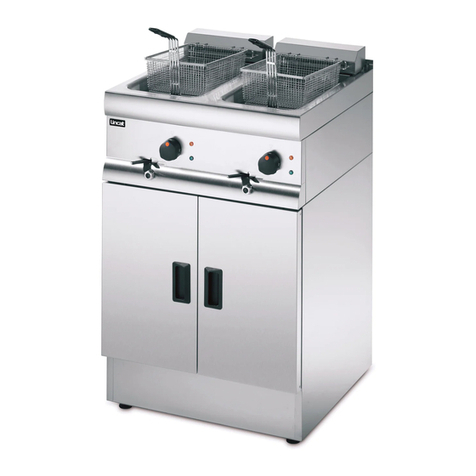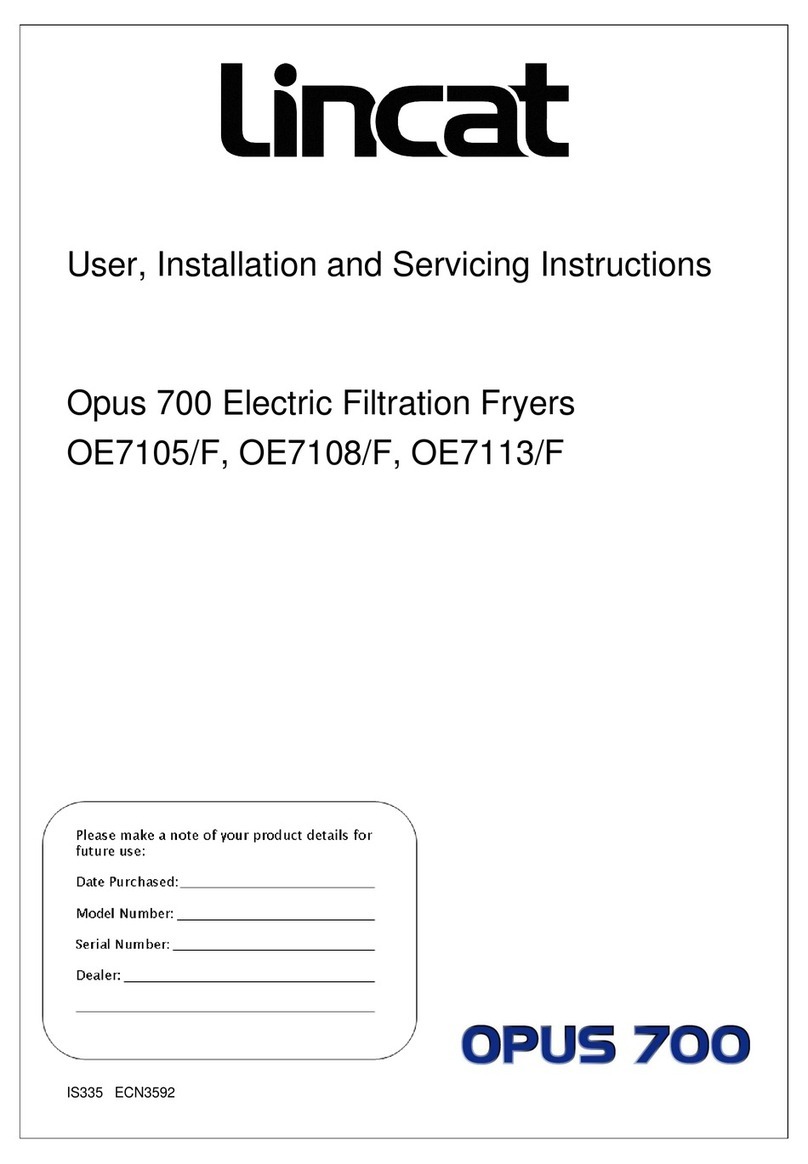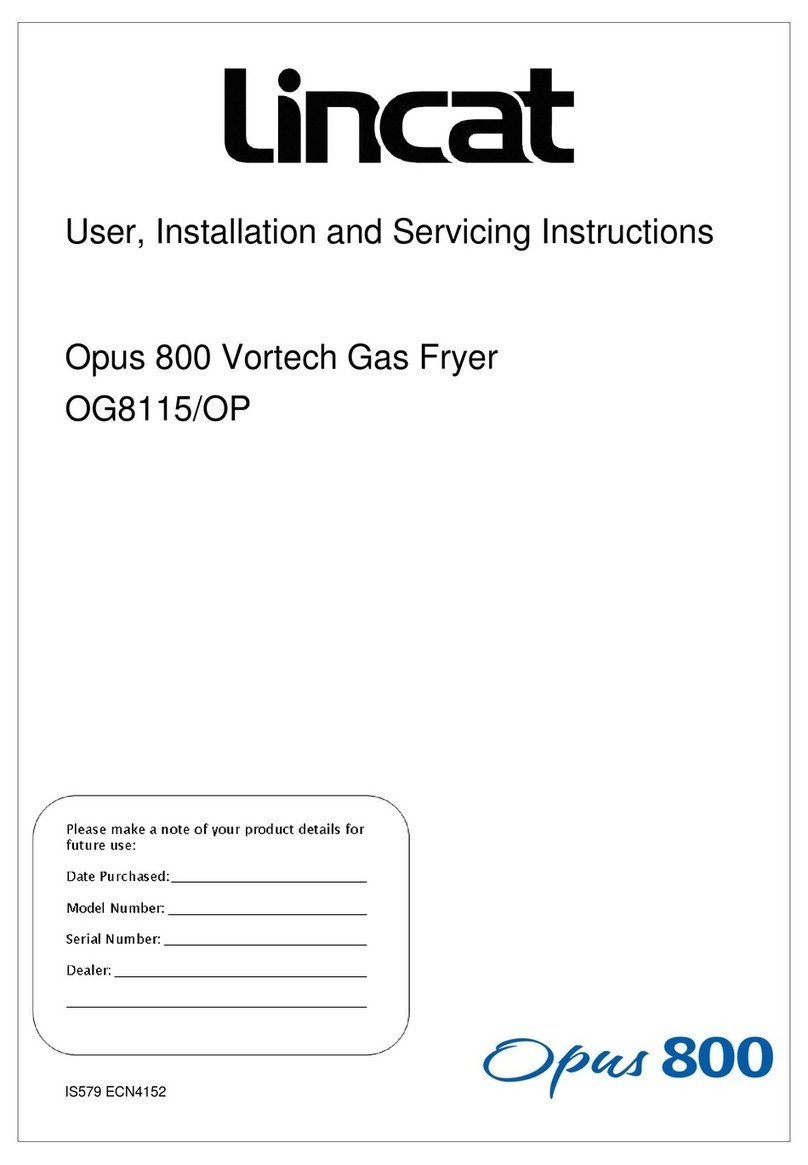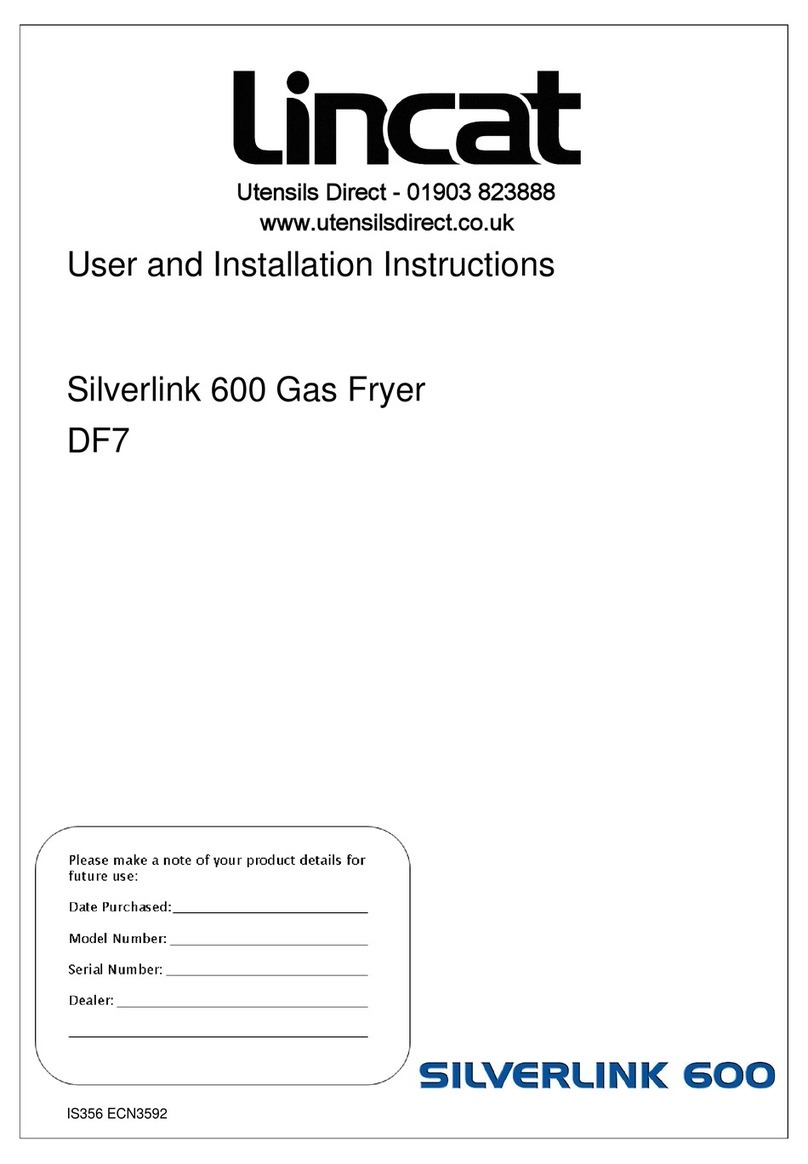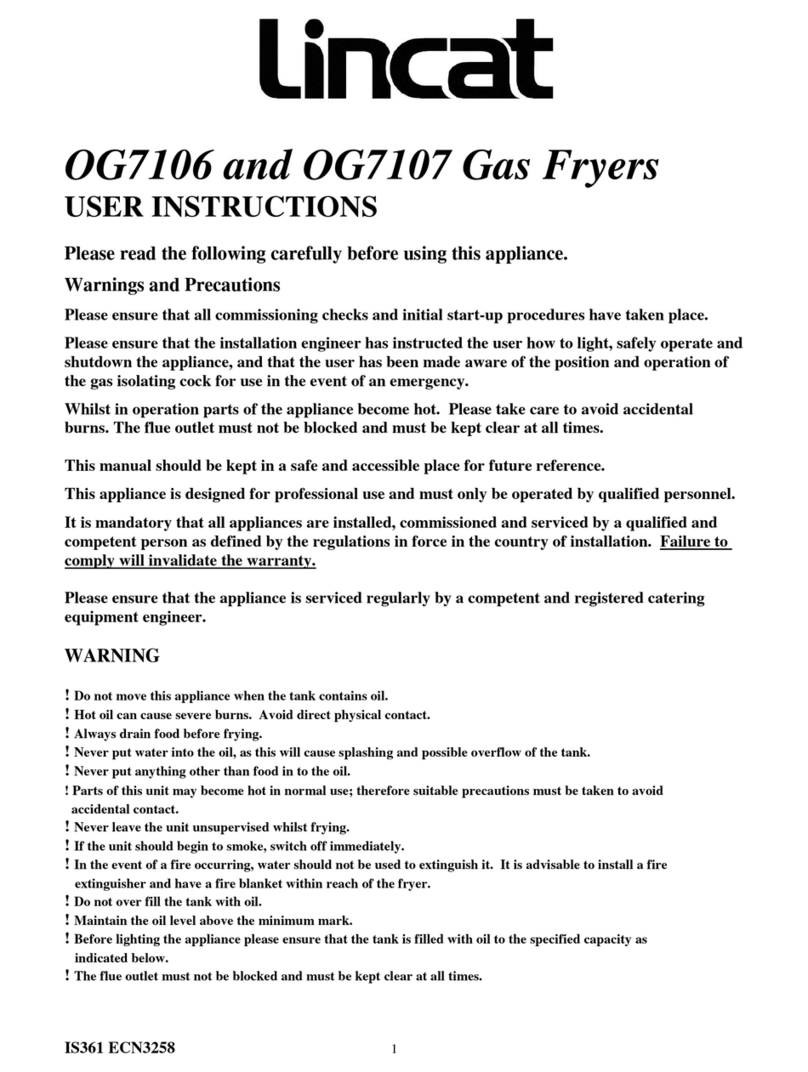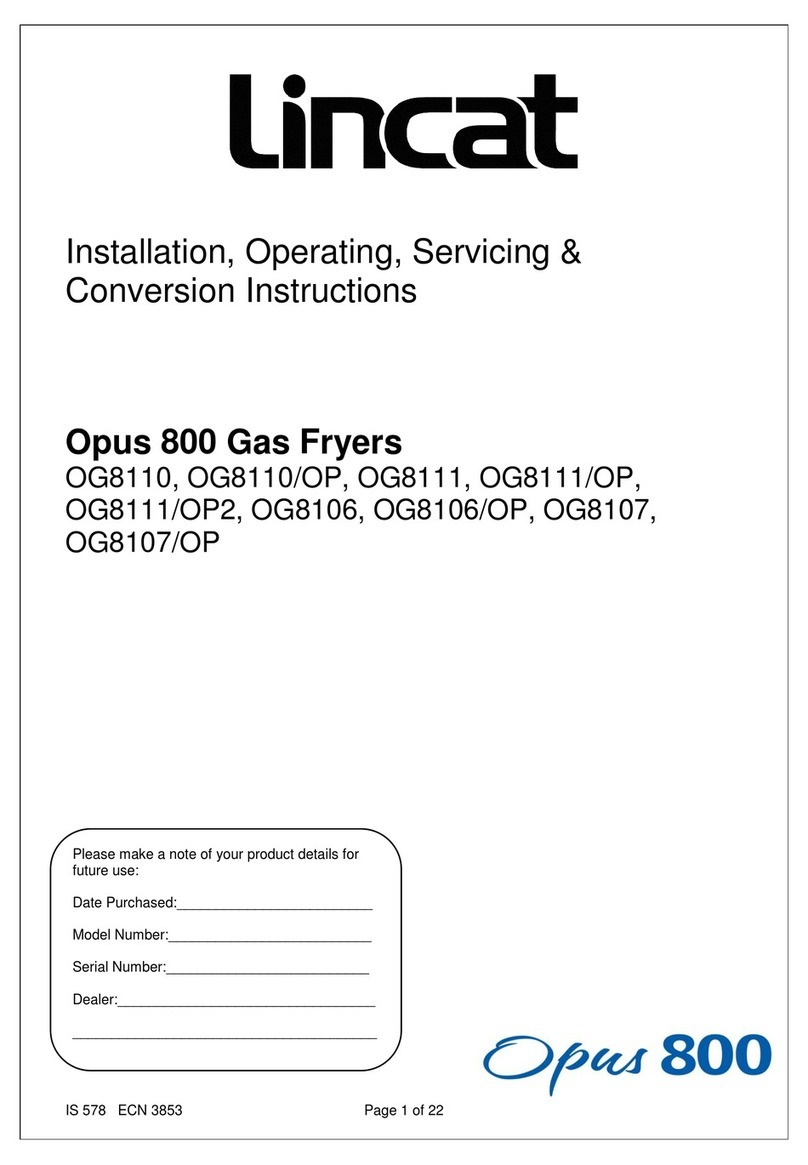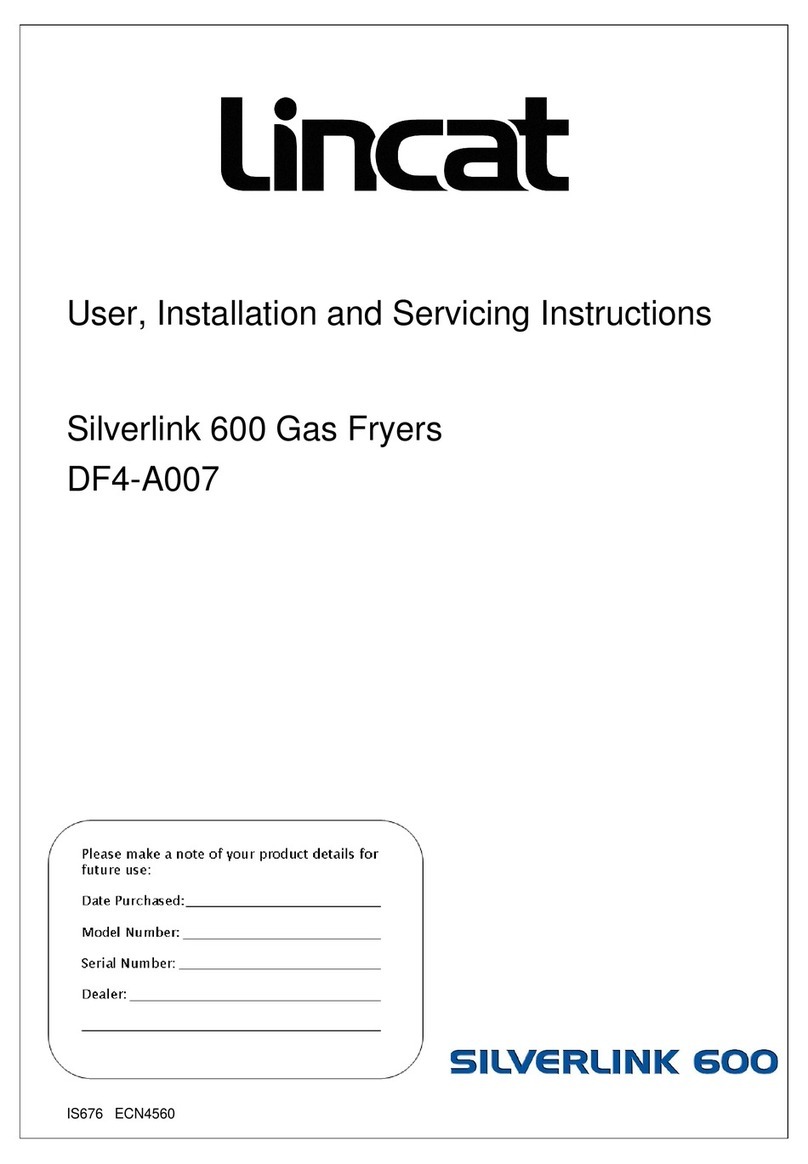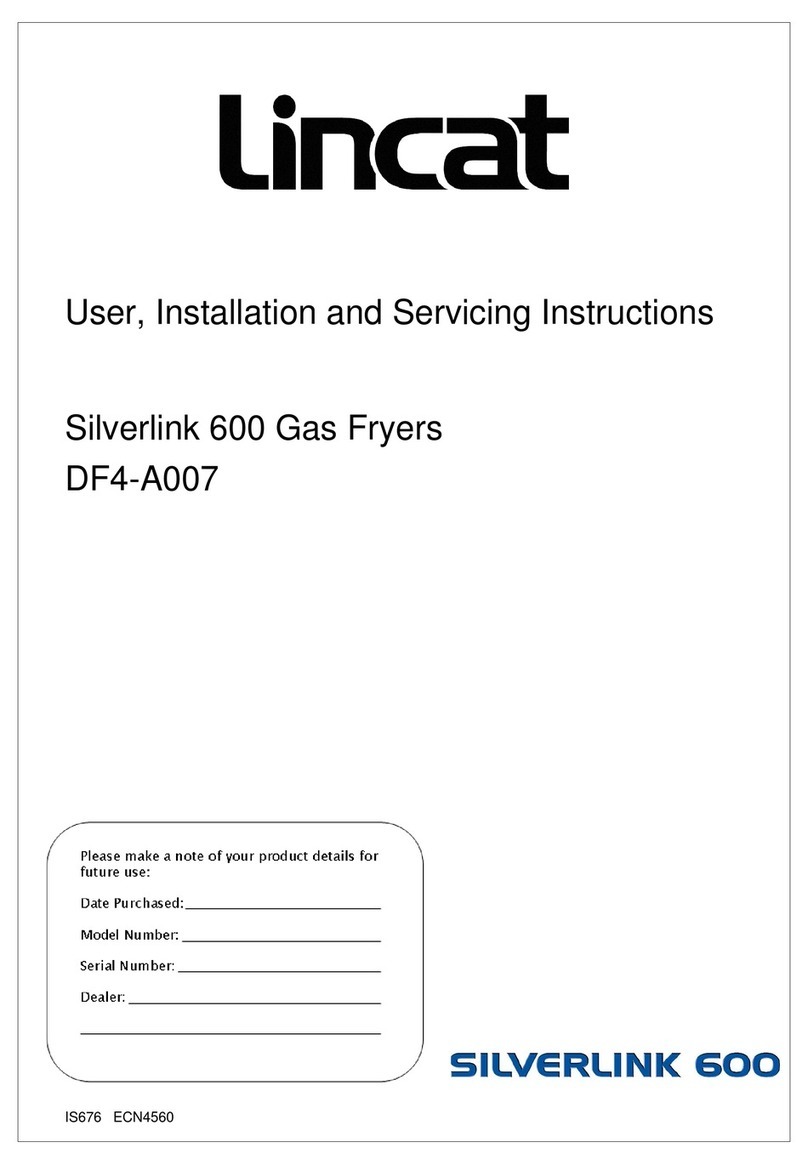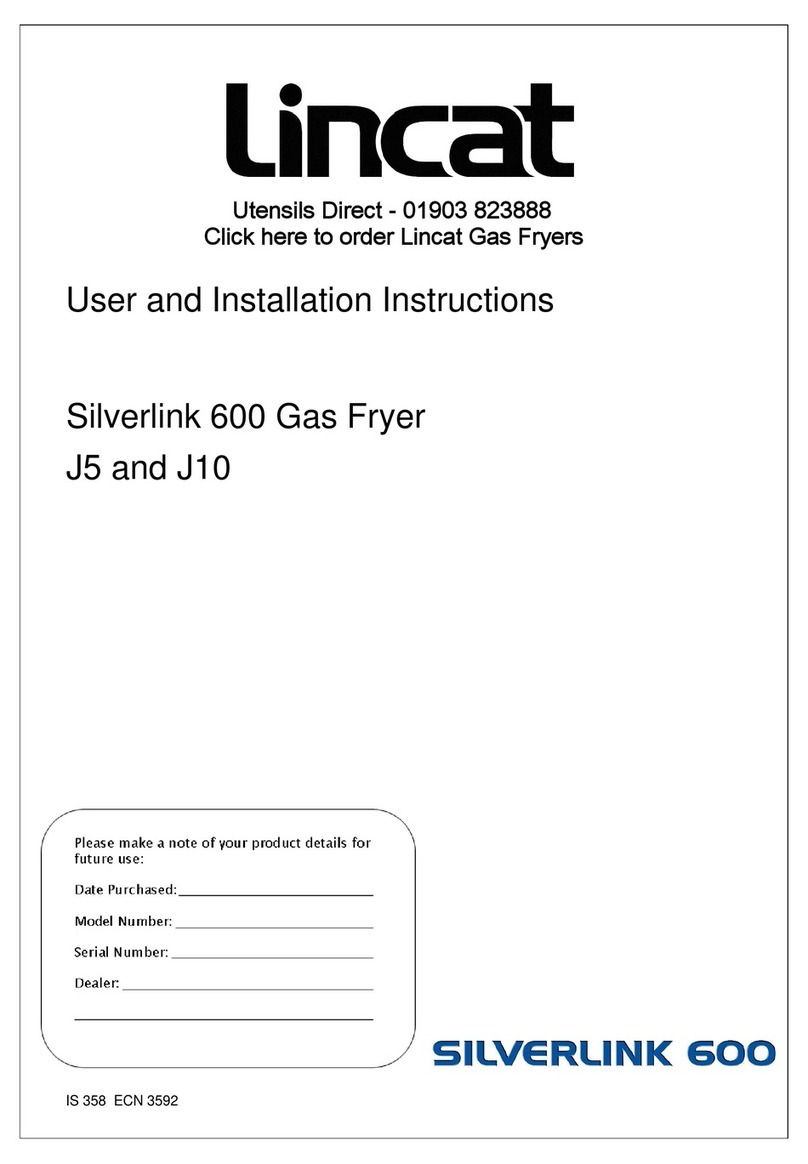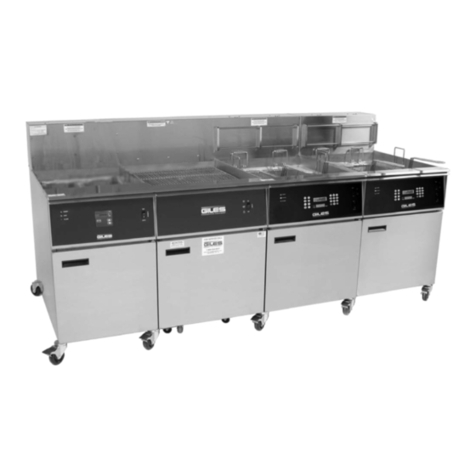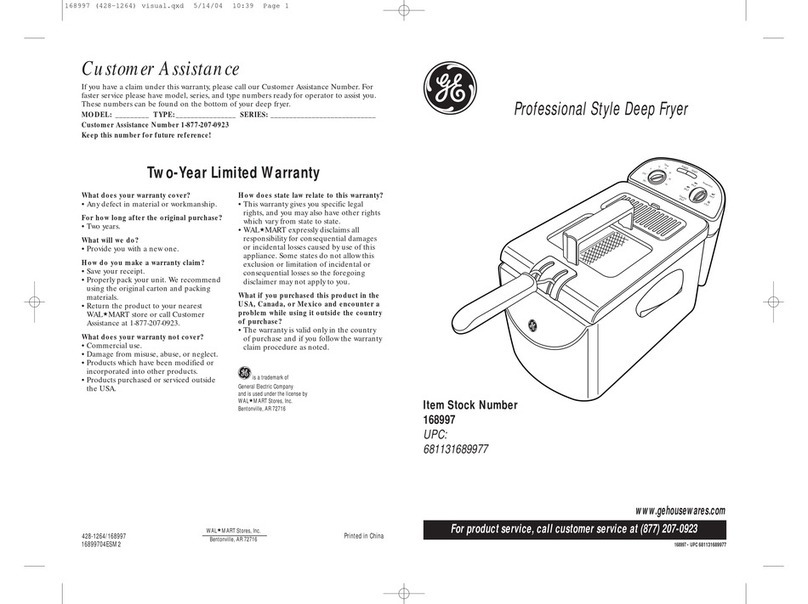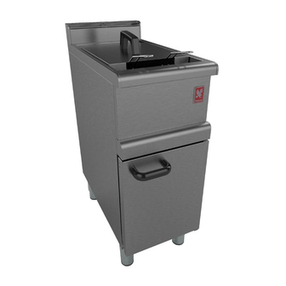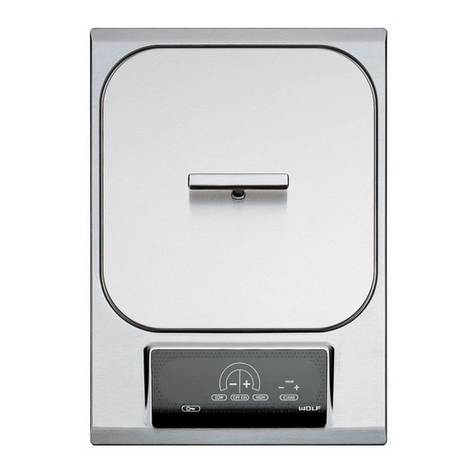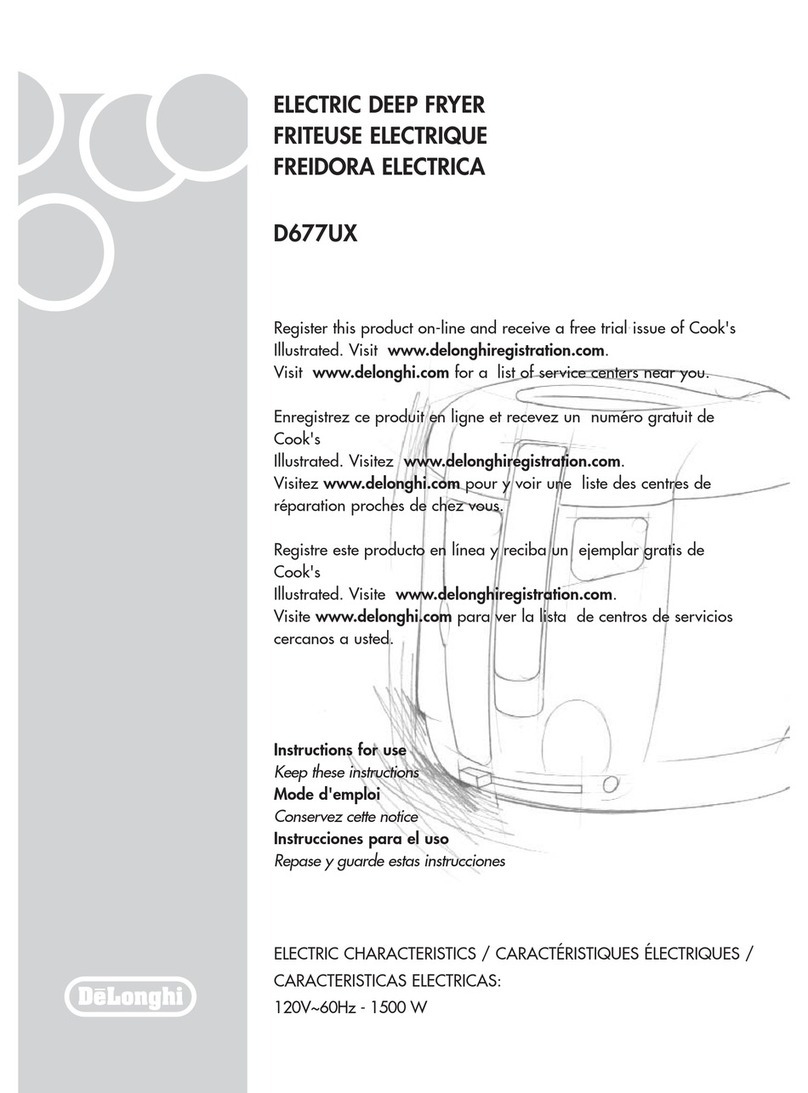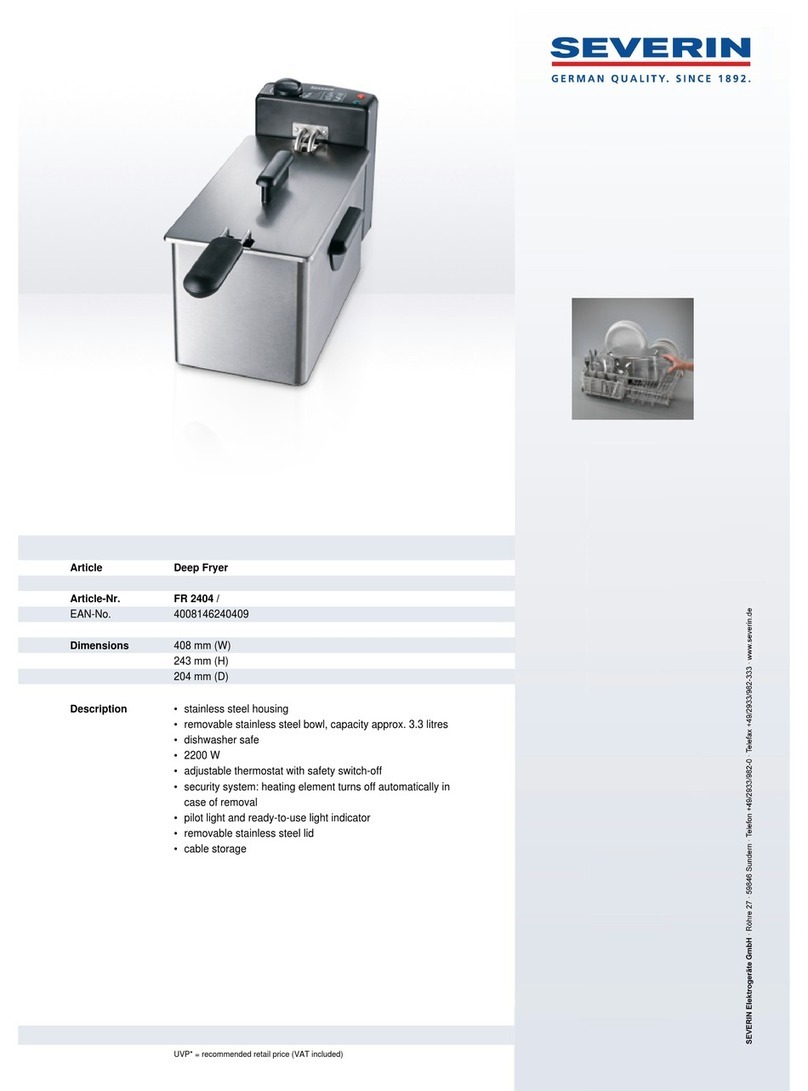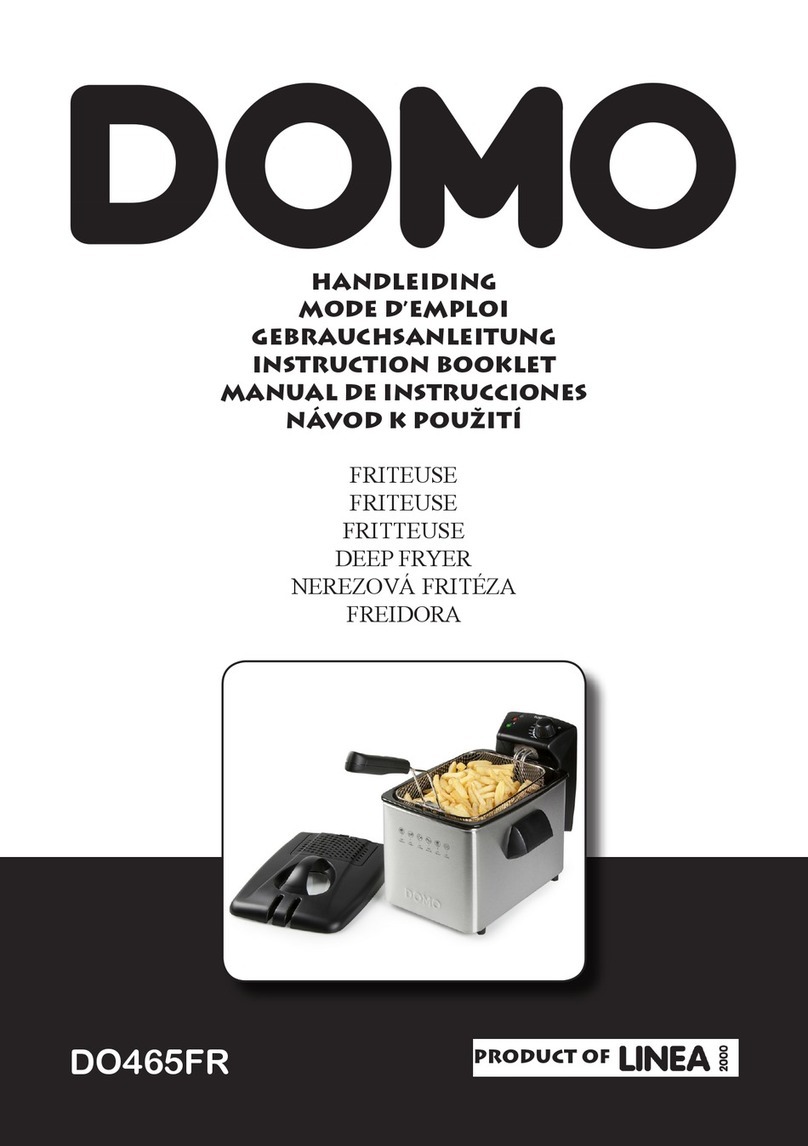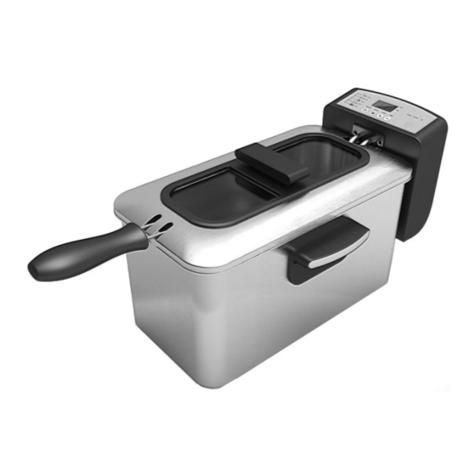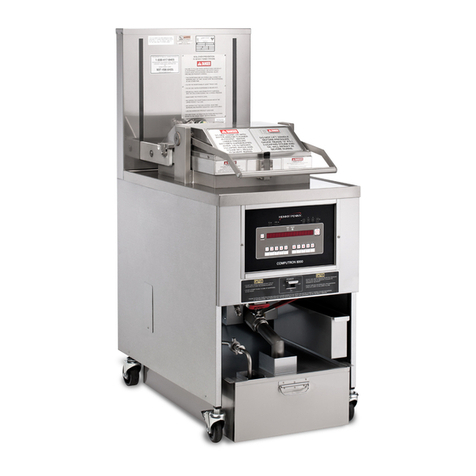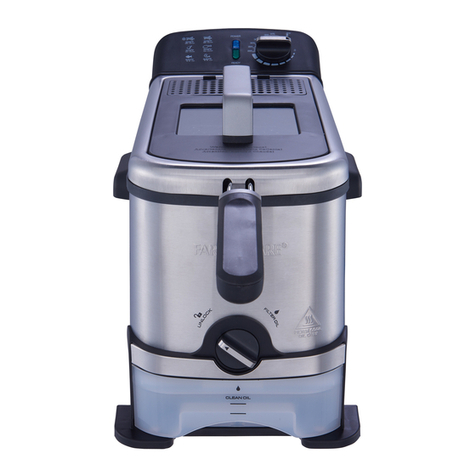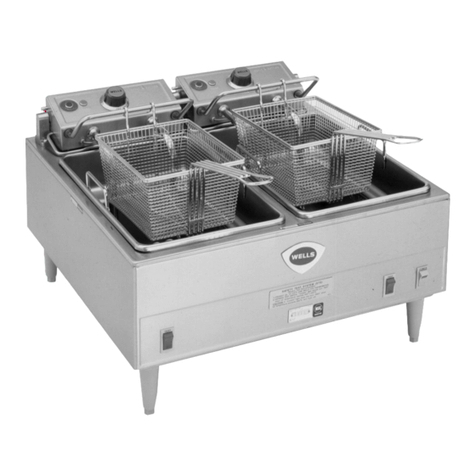
IS 678 ECN 4993 Page 10 of 20
To operate the main burner with the pilot lit, turn the control knob to the operating
position (Fig 3 F) and turn the thermostat control knob (Fig 3 A) to the required
setting.
If for any reason the burner runs and then fails, the valve may go in to ‘lockout’
mode –see note under Shut down section.
Standby
The appliance may be left on standby by lighting the pilot and leaving the control
knob in the pilot position (Fig 3 E). The main burner cannot be operated in this
position. To re-ignite the main burner, follow the instructions above.
Safety cut-out
Should the safety thermostat operate during use, the appliance will shut down.
Allow the oil to cool before resetting the thermostat by depressing the red button
(Fig 3 H).
Shut down
When the appliance is not required, turn the control knob (Fig 3 B) to the pilot
position (Fig 3 E) which will shut down the main burner but leave the pilot lit ready
for when the appliance is next required.
To turn the appliance off fully, turn the control knob (Fig 3 B) to the ‘Off’ position
(Fig 3 C) and shut off at the gas supply.
Drainage
Allow the oil to cool below 55 Deg C before draining.
Remove the blanking nut (Fig 4 J) from the front of the appliance. Fit the drain
tube. Place a suitable receptacle under the pipe outlet. Lift the drain valve handle
lock (Fig 4 K) to allow operation of the drain valve, then move the drain valve
handle forwards and upwards to drain. After draining, close the valve, remove the
pipe and refit the blanking nut. Excess oil remaining in the base of the tank can be
removed with kitchen paper.
Ensure the handle lock has dropped into position before refilling the tank.

